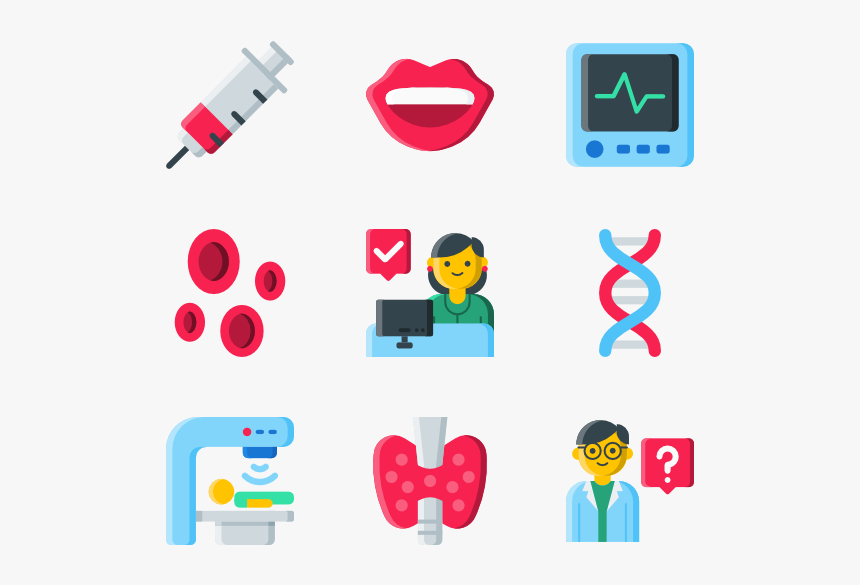The Profound Impact of Human-Animal Interaction on Health and Longevity
Contemporary health research increasingly emphasizes achieving optimal well-being. While numerous interventions exist, the therapeutic potential of human-animal interaction (HAI), defined as the reciprocal relationship between humans and animals, remains significantly under-explored despite its considerable impact on health outcomes and lifespan. This analysis examines robust evidence supporting HAI's multifaceted benefits, utilizing established theoretical frameworks to elucidate the mechanisms driving these positive effects. We will investigate HAI's influence across various health aspects, encompassing physiological processes, psychological well-being, and social dynamics, ultimately showcasing its contribution to a longer, healthier, and more fulfilling life. Key concepts such as the biopsychosocial model, attachment theory, social capital theory, and the hygiene hypothesis will be applied to contextualize the findings.
The Biopsychosocial Model and Physiological Well-being: HAI's impact on physiological health is best understood through the biopsychosocial model, which emphasizes the interplay of biological, psychological, and social factors in health. Physiological benefits stem from biological mechanisms triggered by HAI. For instance, petting an animal releases endorphins, neurochemicals mitigating pain and enhancing mood. This, in turn, reduces stress hormones like cortisol, leading to lower blood pressure and a decreased risk of cardiovascular disease. The psychological component involves the calming effects and emotional regulation fostered by HAI. Socially, HAI facilitates interactions (e.g., at dog parks), mitigating isolation and boosting social support. This integrated approach explains HAI's holistic influence on physical health.
Enhanced Physical Activity and Metabolic Health: HAI frequently motivates increased physical activity. Dog walking, for example, promotes regular exercise, directly contributing to weight management and improved cardiovascular health. This aligns with principles of behavioral economics, where intrinsic motivation (enjoyment of pet interaction) facilitates healthy lifestyle changes. Increased physical activity directly affects metabolic processes, reducing obesity risk and associated comorbidities. This application of behavioral change theories highlights how HAI leverages intrinsic reward systems to achieve health goals.
Mental and Emotional Well-being: The Role of Social Support and Attachment: HAI significantly impacts mental and emotional health. The unconditional love and companionship offered by pets provide crucial social support, alleviating depression and anxiety symptoms. This resonates with attachment theory, which emphasizes the importance of secure attachments for emotional well-being. Pets offer a buffer against stress, providing comfort and reducing loneliness, thereby improving mental health. Furthermore, emotional contagion – the transmission of emotions between individuals – may contribute to improved mood, as a pet's generally positive demeanor positively influences the owner's emotional state.
Social Connectivity and its Health Benefits: Pet ownership often strengthens social connections. Shared activities like dog walking or attending pet-related events build community ties and foster a sense of belonging. This heightened social engagement directly correlates with better mental and physical health, emphasizing the importance of social support networks. Social capital theory explains how these social connections translate into tangible health improvements, showing that the strength of social networks directly relates to improved health outcomes.
Cognitive Function and Disease Management: Applications in Geriatric Care: Emerging evidence suggests HAI positively impacts cognitive function, especially beneficial for those with neurodegenerative diseases like Alzheimer's. Studies show that HAI reduces agitation, enhances cognitive skills, and even provides natural pain relief via endorphin release. This aligns with animal-assisted therapy (AAT), where trained animals are used to improve therapeutic outcomes. The calming presence of animals reduces stress and elevates mood, enhancing the quality of life for individuals facing significant health challenges. This application demonstrates HAI's potential as a valuable complementary therapeutic intervention.
Immunological Benefits and the Hygiene Hypothesis: Early exposure to pets, especially during childhood, is linked to a stronger immune system, supporting the hygiene hypothesis. This hypothesis posits that early exposure to diverse microorganisms strengthens immunity, reducing allergy and autoimmune disorder risks. Growing up with pets introduces a wider range of microbes, promoting immune system maturation and resilience. Therefore, HAI enhances not only immediate mental and physical health but also builds robust immunological defenses in early life. This application of the hygiene hypothesis shows a long-term preventative benefit of early HAI.
Conclusion: Synergistic Effects and Future Research Directions
Evidence strongly supports the multifaceted benefits of HAI on human health and longevity. This article highlights the significant positive impact across various health domains, from physiological regulation to psychological well-being and social interaction. The synergistic nature of these benefits underscores the need for further research into the underlying mechanisms and optimal ways to leverage HAI's therapeutic potential. Future research should focus on personalized HAI approaches, tailored to individual needs, and explore HAI's role in preventative healthcare. Further investigation into specific populations, such as the elderly or those with chronic diseases, would clarify HAI's benefits and limitations in diverse contexts. Increasing public awareness and integrating HAI into healthcare strategies could significantly improve public health, furthering our understanding of the human-animal bond's positive influence on well-being. A comprehensive, multi-disciplinary approach is crucial for future research to fully capture the multifaceted nature of HAI's effects.
Integrating HAI into healthcare and public health initiatives offers a cost-effective and potentially transformative approach to improving health and longevity. By deepening our understanding of the human-animal bond, we can harness its incredible potential to significantly enhance quality of life and build a healthier society. Further research leveraging advanced methodologies like longitudinal studies and randomized controlled trials could strengthen the evidence base and pave the way for evidence-based HAI integration into healthcare practices.
Reader Pool: Considering the presented evidence, what are the ethical considerations and potential limitations of integrating human-animal interaction into mainstream healthcare practices?




No comments yet. Be the first to share your thoughts!